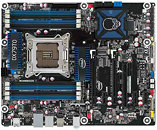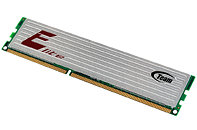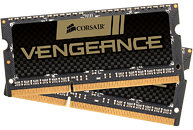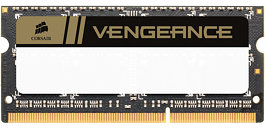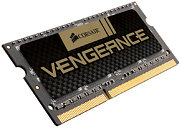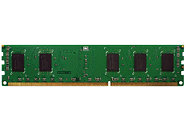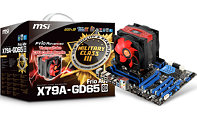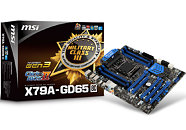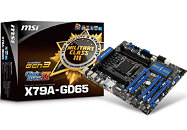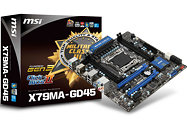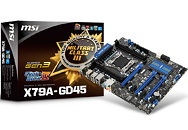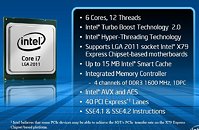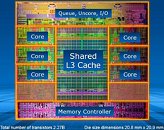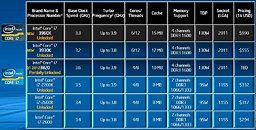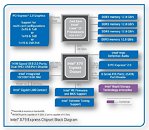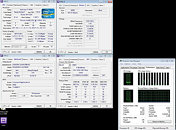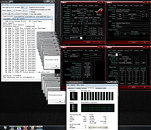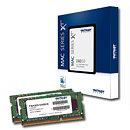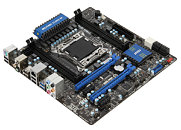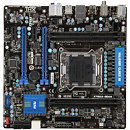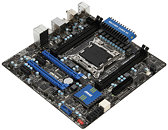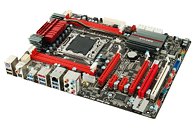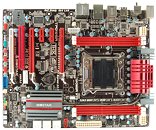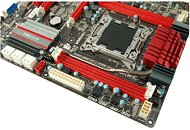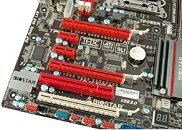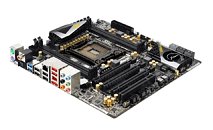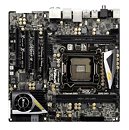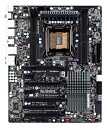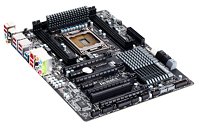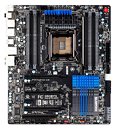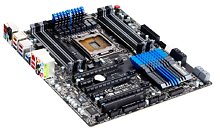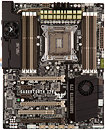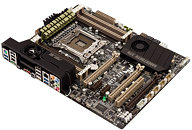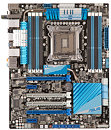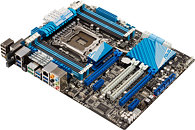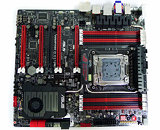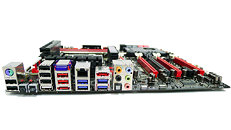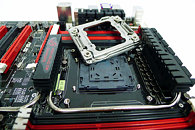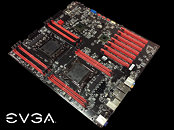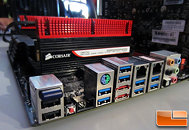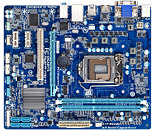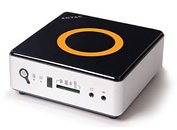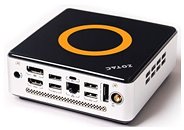
Intel Outs Extreme Board DX79TO, Sandy Bridge-E Platform On The Cheap
Intel's Desktop Board division didn't miss out on the Sandy Bridge-E LGA2011 platform launch, after all, it's ceremonial for Intel to launch a new generation of processors with its own branded motherboards that are fully compatible with them. While Intel had two models of LGA2011 motherboards in the pipeline, the DX79SI and DX79TO, only the former was launched in November, which made it to most platform reviewers. The DX79SI was launched at a price point of US $289 - $299 MSRP, though some retailers easily set that price above $300. The new DX79TO is designed to be a down-scaled version of the DX79SI, targeting a price range of $203 - $208, according to ARK. Naturally then, the price that's 30% lower than that of the DX79SI invites some aggressive feature-cutting.
To begin with, the DX79TO could have a slightly slimmer CPU VRM. Thankfully, it doesn't cheap out much on VRM heatsinks, with the same exact ones found on the DX79SI. The heatsink cooling the VRM area south of the socket is not linked to the PCH heatsink with a heat-pipe, like on the DX79SI. The PCH heatsink itself looks slightly slimmer, though it's not a major area of concern. The CPU socket is still wired to as many as eight DDR3 DIMM slots, supporting up to 64 GB of quad-channel DDR3 memory.
To begin with, the DX79TO could have a slightly slimmer CPU VRM. Thankfully, it doesn't cheap out much on VRM heatsinks, with the same exact ones found on the DX79SI. The heatsink cooling the VRM area south of the socket is not linked to the PCH heatsink with a heat-pipe, like on the DX79SI. The PCH heatsink itself looks slightly slimmer, though it's not a major area of concern. The CPU socket is still wired to as many as eight DDR3 DIMM slots, supporting up to 64 GB of quad-channel DDR3 memory.
